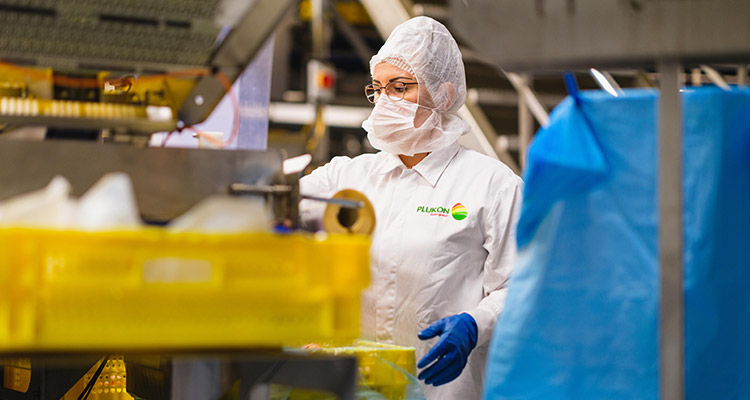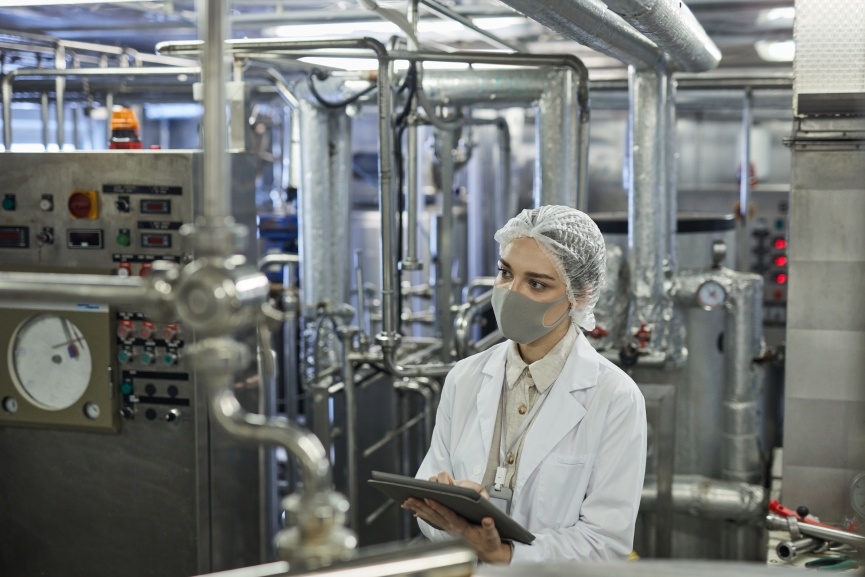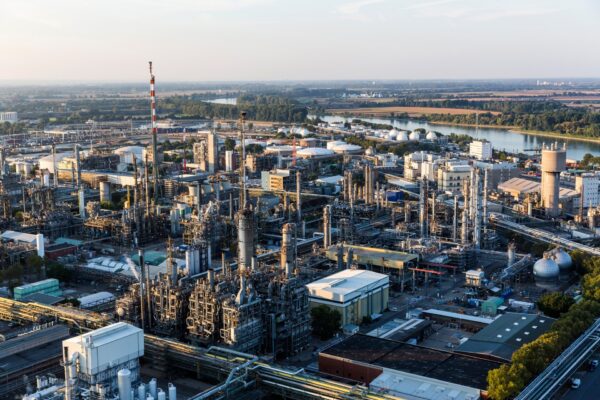

A Leader in the Food Industry
The Plukon Food Group, headquartered in Wezep, the Netherlands, employs around 6,500 people across 27 locations in six countries. Plukon was founded in 1895 in the Netherlands and supplies high-quality poultry products, ready meals, salads, and cut vegetables to supermarkets and quick-service restaurants. Plukon thus reaches approximately 260 million consumers throughout Europe.
-
Siempre es desalentador que un tercero vaya a inspeccionar tus instalaciones, pero I-care lo hizo de forma muy profesional y práctica.
Marcel van den Heuvel — Chief Technical Officer, Plukon Food Group
Challenge
- Inconsistent inspection methods
- Need for independent audits
- Challenges regarding insurability in the food sector
- Requirement for risk transparency
- Standardization of safety procedures
Challenge
Due to a series of calamities, insurers are less inclined to offer their insurance products to market segments related to the food industry. This means that companies operating in this sector are struggling to insure their companies and activities at a competitive premium and with adequate coverage.
‘That’s why, as a company in the food sector, it’s important to present your risk profile as transparently as possible and to demonstrate that you’re fully aware of all your company risks and that you reduce them proactively’, says Ron de Bruijn, describing the baseline situation. As co-owner of and active consultant for the Riskonet consultancy firm, he is involved in several insurability trajectories at Plukon. One of the crucial elements in that regard is electrical safety – and that requires thermographic inspection. Such inspections were already conducted within Plukon but the work method and the ensuing output differed significantly per location.
‘And because “a butcher should never inspect the quality of his own meat”, we sought a partner who could carry out these inspections independently’, Marcel van den Heuvel explains. As the chief technical officer at Plukon, he collaborates closely with I-care and Riskonet.
They needed an objective, critical eye. Van den Heuvel notes: ‘We wanted to identify the risks even more substantively and, additionally, develop and roll out a uniform work method for thermographic inspections.’
Approach
- Thermographic mapping
- Infravision application
- Centralized database
- International presence
- Local deployment
Approach
I-care started working on the thermographic mapping of eighteen branches, as well as the development of one application and one database that contains all the required information and from which all data can be drawn. The project first resulted in a successful pilot at three Plukon branches, after which the solution provided by I-care was implemented in no fewer than eighteen branches. ‘We had already rolled out our Infravision application within Plukon during the pilot.
This application allows us to make an inventory of the conditions of all electrical installations in the factories’, explains Chris Kramer. As I-care’s Reliability Engineer and Account Manager, he is responsible for the technical set-up of these uniform thermographic inspections at the various Plukon branches. The international presence of I-care paid off straight away. ‘Because we have locations in all the countries Plukon operates as well, we didn’t need to fly over there.’ The Infravision application shows where the thermographic cameras detect increased temperatures within electrical installations before these temperatures reach hazardous levels.
‘The Infravision application then transfers all the results of both visual and thermographic checks to our I-see platform’, says Kramer. ‘From this platform, the lights turn green, orange or red, depending on the information in the database.’ The notifications are forwarded to specific key figures such as the technical officers responsible for the respective factories. Kramer: ‘With the I-see platform, Plukon can clarify and visualise the data collected within the Infravision application.
We can see how many abnormalities are identified at the various locations and also specify the error types per location. For example, we can evaluate the factories that frequently deal with overloads, or locations where we regularly see bad connections.’ Such issues then become more insightful for the organisation, which can take the appropriate actions accordingly. ‘Such actions can include other guidelines for operating the electrical units at the locations or, perhaps, implementing additional connections.’
Furthermore, the application also registers the follow-up of the notifications. Van den Heuvel: ‘Based on the thermographic inspection, we take action to solve the detected issue, after which we conduct subsequent checks. When the lights turn green again, we cancel these alerts in the system as well.’ The I-see platform, in turn, can show the progress between the different inspections. Kramer describes another advantage of the Infravision application and the I-see platform: ‘All this makes everything insightful without the need for going through eighteen different reports.’
Results
- Standardized insights across 18 branches
- Reduced incidents and increased uptime
- Real-time risk detection
- Efficient issue tracking
- Seamless collaboration
Results
Thanks to the collaboration with I-care and Riskonet, Plukon now has uniform insights into the status of the electrical installations at eighteen European branches. As Van de Heuvel describes the current situation, ‘The more uniform the information, the better we can maintain our technical installations. As a result, our factories have to deal with fewer incidents and this significantly increases the uptime of our branches.’ The increased awareness is another added and concretely noticeable result within the Plukon branches.
‘The information that the Infravision provides ensures that many of the risks instantly become more tangible for our technical services and other employees who work with the electrical installations. To give an example: keeping sheets of paper inside a switch box is a risk. It seems harmless enough until they catch fire. Such a calamity can lead to a thousand employees losing their jobs’, says Van de Heuvel.
Today, Ron de Bruijn of Riskonet and Plukon are now able to inform the insurance market and demonstrate the measures that the company takes to reduce, identify, and reduce or eliminate the risks. ‘Data offered by I-care’s I-see platform are relevant for us so we can share them with the insurers. By doing this, we show what Plukon does to prevent calamities. The thermographic inspection program that I-care has developed plays an important role in all this.’






